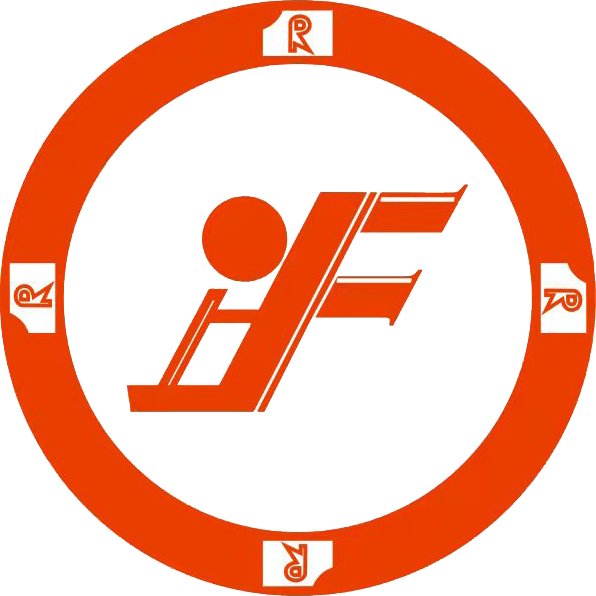Introduction to Copper Bars
Copper bars are a versatile material widely used across various industries globally, including in Russia. With properties such as excellent conductivity, resistance to corrosion, and malleability, copper bars have become essential in electrical, construction, and manufacturing applications. This article explores the **benefits** and **applications** of copper bars specifically in the Russian context, showcasing their significance in supporting the country's industrial growth and technological advancements.
Key Benefits of Copper Bars
In the realm of materials, copper bars offer numerous advantages that make them a preferred choice. Here are some of the **key benefits**:
Electrical Conductivity: Copper is known for its remarkable electrical conductivity, which is vital in electrical and electronic applications. This property allows for efficient power transmission and distribution, making copper bars indispensable in the energy sector.
Corrosion Resistance: Copper bars exhibit excellent resistance to environmental degradation. This characteristic is crucial for industries that deal with harsh conditions, ensuring longevity and reliability in products made with copper.
Malleability and Ductility: Copper can be easily shaped into rods, sheets, or wires, enabling its application in various forms. This **malleability** makes it easier for manufacturers to produce intricate designs and components.
Recyclability: Copper bars can be recycled without losing their essential properties, making them an environmentally friendly choice. This aspect aligns with global sustainability goals and is particularly relevant in Russia, where recycling initiatives are gaining traction.
Applications of Copper Bars in Russia
In Russia, copper bars find applications across several sectors. A few major areas include:
1. Electrical Industry
The electrical sector in Russia heavily relies on copper bars due to their high conductivity. These bars are commonly used in the production of electrical wires, transformers, and other components essential for the distribution of electricity. With Russia's ongoing investments in upgrading its power infrastructure, the demand for **copper bars** continues to grow.
2. Construction and Building
In construction, copper bars are utilized for roofing, plumbing, and architectural details. Their resistance to corrosion makes them ideal for building materials exposed to moisture and other environmental factors. Additionally, copper's aesthetic appeal lends itself to high-end architectural projects, enhancing both functionality and aesthetics.
3. Transportation and Automotive Industry
The automotive industry in Russia also benefits from the use of copper bars. These materials are integral in electrical systems within vehicles, including batteries and wiring. As the country moves towards electric vehicles (EVs), the demand for copper is expected to rise significantly because EVs require substantially more copper than traditional vehicles.
Economic Impact of Copper Bar Usage
The utilization of copper bars plays a vital role in the Russian economy. The mining and production of copper not only provide jobs but also contribute to the country’s GDP. By investing in local copper production, Russia can reduce its dependence on imports, fostering economic self-sufficiency. Moreover, as industries upgrade their technology, the demand for high-quality copper products will continue to drive innovation and economic growth in the region.
Challenges in the Copper Industry
Despite the numerous benefits, the copper industry in Russia faces some challenges:
Resource Management: Sustainable extraction and management of copper resources are crucial for the environment and future availability.
Market Fluctuations: Prices of copper can be volatile, influenced by global demand, trade policies, and geopolitical tensions.
Environmental Concerns: Mining and processing copper can present environmental challenges. Regulatory compliance and adopting green technologies are becoming increasingly important.
Future Trends in the Use of Copper Bars
The future of copper bars in Russia appears promising given the current trends in technology and industry. With a global shift towards renewable energy and sustainability, copper's intrinsic properties will be leveraged more than ever, leading to innovation in product design and applications. Moreover, the growth of the EV market, as well as advancements in smart grid technologies, are expected to drive up demand for copper significantly.
Conclusion
Copper bars are undeniably a valuable resource within various industries in Russia. Their exceptional properties provide significant benefits, ranging from electrical conductivity to corrosion resistance, making them essential in multiple applications. While challenges exist, the future remains bright for copper industries in Russia. By embracing sustainable practices and innovations, Russia can continue to capitalize on the strengths of copper bars, securing its position in the global market. In conclusion, investing in copper bars not only supports industrial growth but contributes positively to the economy and the environment.
FAQ
What are the primary uses of copper bars in Russia?
Copper bars are primarily used in the electrical, construction, and automotive industries in Russia.
Why is copper preferred over other materials?
Copper is preferred due to its excellent electrical conductivity, corrosion resistance, and malleability, making it suitable for various applications.
How does recycling benefit the copper industry?
Recycling copper conserves resources, reduces waste, and aligns with sustainability goals, making it an environmentally friendly option.
What are the challenges faced by the copper industry in Russia?
Challenges include resource management issues, market fluctuations, and environmental concerns associated with mining and processing.
What is the future outlook for copper bars in Russia?
The future outlook is positive, with increasing demand driven by technology advancements, renewable energy initiatives, and the growth of the electric vehicle market.
Exploring the Benefits and Applications of Copper Bars in Russia
